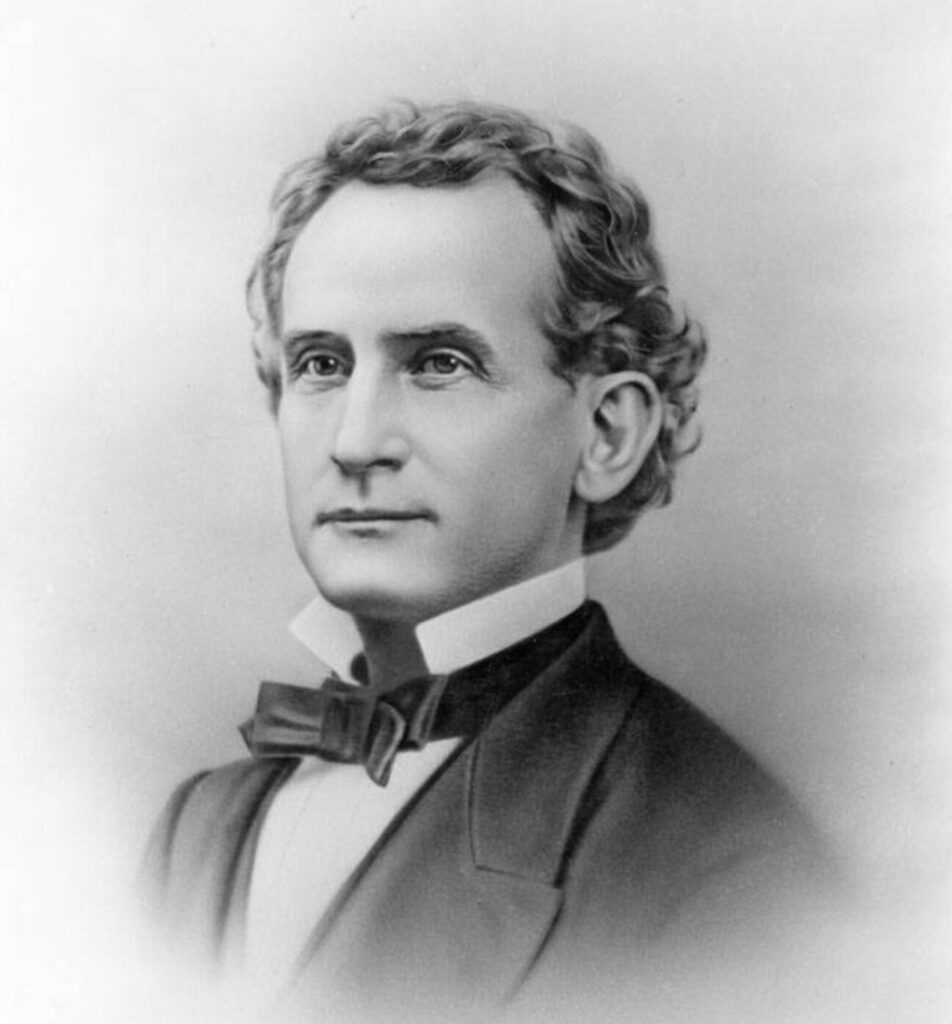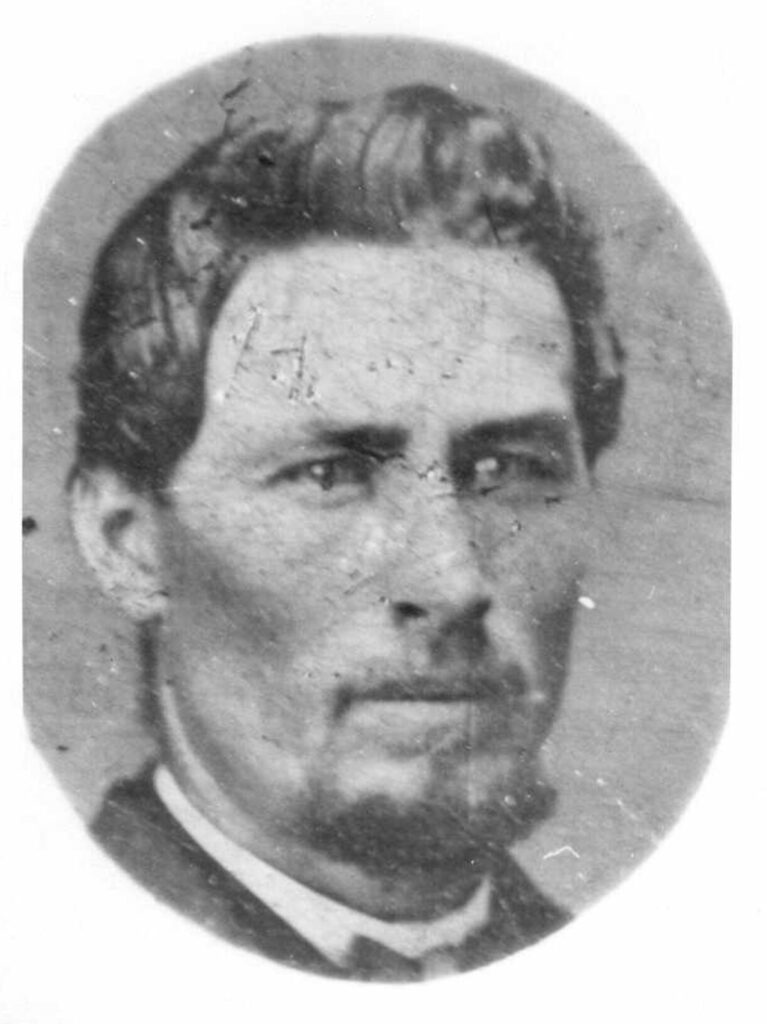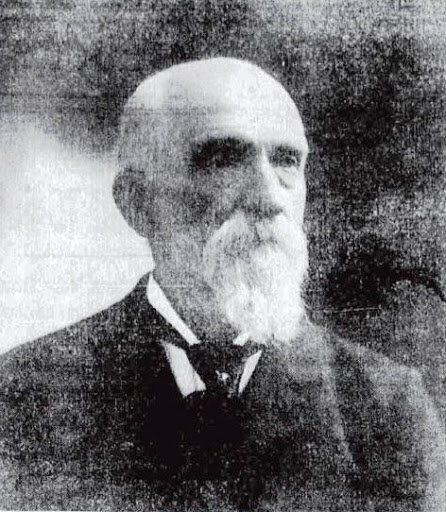The Legend of Jean Baptiste
Salt Lake City is home to one of the strangest true-ish legends that I’ve come across to date. It involves a mysterious man whose job was to dig graves in the Salt Lake City Cemetery in the 1850s – 1860s. Legend says he was a grave robber. When caught, authorities branded “grave robber” on his forehead and exiled him. At some point he just simply disappeared never to be seen or heard from again. Many believe Jean Baptiste died, and his ghost haunts the Great Salt Lake, a restless spirit searching for peace.
I’ve never seen Jean Baptiste’s ghost, but I’ve spent years researching the man behind the legend. And I think I’ve figured out at least part of his story.
Who Was Jean Baptiste?
Jean Baptiste’s beginnings is where most of the mystery comes from. The 1860 Census lists him as being born in 1813 in Ireland. However, people who knew him in Australia said he could not speak English very well. They said he had come from Venice, Italy. Some of those who knew him in Salt Lake thought he was a Frenchman. Baptiste lived in Castlemaine, Australia until 1855, then emigrated to the US on the LDS ship the Tarquinia. Tarquinia left Melbourne on April 27, 1855, reaching Honolulu by July 5. Baptiste arrived in San Francisco in February 1856, staying for years.
By 1859, Jean Baptiste lived in Salt Lake City. He built a small house near the cemetery and married Dorothy Jennison. People say he led the ward choir. His wife hadn’t been married to him long before authorities accused him of grave robbing.
The Discovery That Shocked Salt Lake City
On January 16, 1862, Salt Lake City police shot and killed two men accused of beating Governor John Dawson. No one claimed Moroni’s body, so Officer Henry Heath paid for his burial and bought him a suit.




A Grave Robber Exposed
Moroni Clawson’s family claimed his body and requested exhumation, uncovering Jean Baptiste’s disturbing secret. When they opened the casket, they found Clawson buried face down and completely naked.
Moroni’s brother, rightfully upset, confronted Officer Heath and demanded an explanation for the disrespectful burial. Officer Heath insisted that wasn’t how they had buried him. He knew that to be a fact because he had paid for the man’s burial clothes. Heath immediately went to Sexton Little’s home with a couple of other men. He offered no explanation and suggested they go speak with the gravedigger Jean Baptiste.
A Shocking Discovery at Baptiste’s Home
They went to his house and found that Baptiste was working in the cemetery. Only his wife was home. While asking about her husband’s whereabouts, Officer Heath and the other men noticed many boxes stacked about the room. Bits of soiled cloth were sticking out of some of the boxes. Upon examination, they realized that these boxes contained the clothing of the dead.
Officer Heath immediately thought about his daughter, Sarah Melissa Heath (Feb 3rd, 1852 – April 6th, 1861). Melissa had been buried in the cemetery (plot #E_13_3_1EN2) just 9 months earlier. He rushed to the cemetery and found Baptiste digging a grave. As soon as they accused Baptiste of grave robbing, he dropped to his knees and begged for his life.
A Grave Robber’s Confession
Heath pointed to various graves, asking Baptiste if he robbed this one or that. On all of them, Baptiste answered yes. He got to the grave of his beloved daughter Sarah and asked if Baptiste had opened this grave as well. Baptiste answered no, and Officer Heath and the other men took him quickly to the jail before the townspeople could get their hands on him. Henry Heath later said in an interview that he had made up his mind to kill Jean Baptiste right there on the spot if he had admitted to defiling Sarah Heath’s grave.
After police jailed Baptiste, they returned to his house and removed boxes of clothing, shoes, and other items stolen from over 300 graves. City officials weren’t sure what to do with all the items Jean Baptiste had stolen. Officials decided to display the clothing and personal items at the Salt Lake City courthouse. People could view and claim items if they could identify them as belonging to a deceased family member. (The items were later buried in a mass grave in the city cemetery.)
The Trial and Banishment of Jean Baptiste
Historians know little about Jean Baptiste’s court proceedings. There are no court records or any newspaper articles that talk about his crimes during the time they happened. Brigham Young gave a sermon as people demanded justice for Baptiste. In his sermon, Brigham Young declared that hanging or shooting Baptiste would be too merciful. and life in prison “would do nobody any good.” Instead, he proposed something far worse…exile. The only option he felt would be proper for the Salt Lake City grave robber was exile to a remote island in the Great Salt Lake.
Jean Baptiste’s Fate – What Really Happened?
Sometime in the Spring of 1862, Jean Baptiste was taken by wagon to the larger Antelope island and then by boat to Fremont island. The Miller family used the island to graze cattle, so they stocked a small shack with basic provisions. The Miller brothers would usually go out to the island every three weeks to check their herd. Three weeks after leaving Baptiste on the island, the brothers told authorities they had been out to the island. While they did not directly interact with Baptiste, they saw him on the island and noted he had helped himself to most of the food in the shack.
Did Jean Baptiste Escape?
Six weeks after Baptiste’s banishment, the Miller brothers returned to the island to find him gone. Their shack had been partly dismantled, and the carcass of a two-year-old heifer lay nearby, its hide cut into strips. They reasoned that he had used the leather from the heifer and the pieces of wood from the shack to make a crude raft. He must have used this raft to make his way to the mainland. There is no verifiable documentation of Baptiste from this point forward.
In 1890, a group of hunters found a human skull near the mouth of the Jordan river. This is at the south end of the Salt Lake, nowhere near Fremont Island. In 1893, a partial skeleton was found, missing its head, with a ball and chain around its leg. Immediately, newspapers declared that John Baptiste had been found at last. This is most likely what started the rumors of the sighting of Baptiste’s ghost.
Henry Heath made it very clear in a later interview that Baptiste was not shackled or chained in any way. He also stated that he heard from a good source that Baptiste had made his way to a mining camp in Montana. He had been talking about his experience in Salt Lake City and his escape from Fremont Island.
A Legend That Refuses to Die
We may never know Jean Baptiste’s real fate. Did he escape, vanishing into the frontier, or did the lake claim him, leaving only his legend behind? Either way, his story refuses to die—just like the ghost said to haunt the shores of the Great Salt Lake.






Well, anyone who knows the south end of the Great Salt Lake knows the smell alone is enough to kill a person! 😉 soooo…. I believe!
[…] Jean Baptiste came to the U.S. from Australia in 1855 and made it to Utah in 1859, where he found work as a gravedigger. Three short years later, a police officer accused him of robbing the graves he dug. Boxes of burial clothes were found in his home, and Baptiste was exiled to a small island in the Great Salt Lake as punishment. The last documented evidence that Baptiste was on the island was found six weeks after he was sent there, but after that, he simply disappeared, though human remains found in 1893 were thought to be his at the time. Legend says he now stalks the southern shores of the Great Salt Lake at night. […]